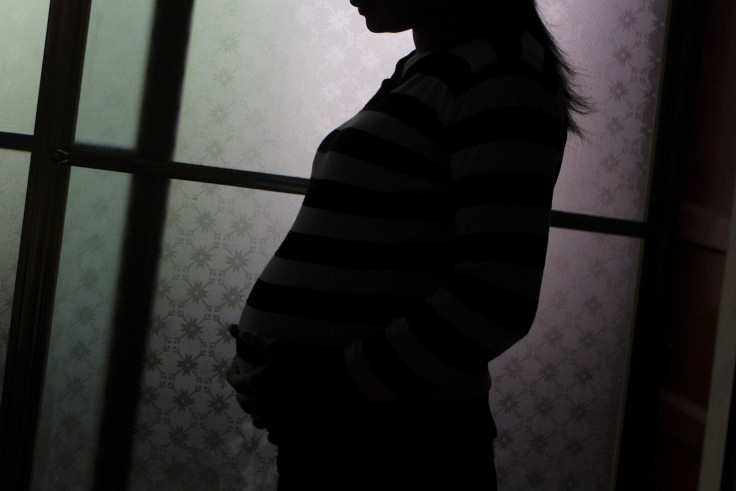Maternal mortality in the US has worsened over the last 20 years
Results of a new study have shown that US maternal mortality rates have worsened from 1999 to 2019, affecting some racial and ethnic groups more than others.

Maternal mortality rates have worsened from 1999 to 2019 according to a new study conducted by investigators from the Institute for Health Metrics and Evaluation (IMHE) at the University of Washington and Mass General Brigham, a healthcare system.
The results, which were published in the Journal of American Medical Association (JAMA) suggested that this decline in maternal mortality rates has impacted some racial and ethnic groups considerably more than others.
The term 'maternal mortality', or maternal death, relates to the death during, or up to one year following the end of a pregnancy. According to the Centres for Disease Control and Prevention, the most common causes of maternal death include mental health conditions, suicide, overdose from substance use disorder, excessive bleeding, high blood pressure, infection and cardiac conditions.
Alison Bryant, MD, PhD, co-first author and senior medical director at Mass General Brigham, comments: "Maternal mortality is a crisis in the United States. These rates have been increasing over the past several decades and were exacerbated by the pandemic. Our study sheds light on the wide disparities within maternal mortality rates — the spectre of maternal death differentially burdens some ethnic and racial populations."
To conduct the study, Bryant and her fellow authors used data from the National Vital Statistics System to examine deaths and live births in each state, and racial and ethnic groups between 1999 and 2019. This was followed by the usage of a modelling process to create estimates of all maternal deaths during this period.
Greg Roth, associate professor in the Division of Cardiology and director at IHME, said: "These disparities in maternal mortality are just the tip of the iceberg and tell us a lot about the health risks facing people in the states where these deaths are most likely to occur."

The investigators found that maternal mortality during this twenty-year period had more than doubled for all racial and ethnic groups, particularly, and more significantly, with American-Indian and Alaskan-Native people. However, the maternal mortality rates for black women were shown to be the highest of any group; Bryant believed that these disparities were impacted by factors such as structural and interpersonal racism.
Disparities amongst maternal mortality rates varied widely across the states. In particular, the South showed high maternal mortality across all race and ethnicity groups, especially for black individuals, who had the highest maternal mortality rates, which tripled over the time of the study, in some states in the Northeast.
Bryant commented on the findings, saying: "Often, states in the South are called out as having the worst maternal mortality rates in the nation, whereas California and Massachusetts have the best. But that doesn't tell the whole story. It's essential to look at the disparities between populations that exist even in the 'best' states."
The data which was used during the study stopped prior to the COVID-19 pandemic in 2019. However, national data show that maternal mortality rose further in 2020 and 2021 due to the increasing difficulty in accessing health care.
"Our findings provide important insights on maternal mortality rates leading up to the pandemic, and it's likely that we'll see a continued increase in the risk of maternal mortality across all populations if we analyse data from subsequent years," Bryant said, before concluding: "As we emerge from the pandemic, we must renew our focus on addressing maternal mortality."
© Copyright IBTimes 2025. All rights reserved.






















